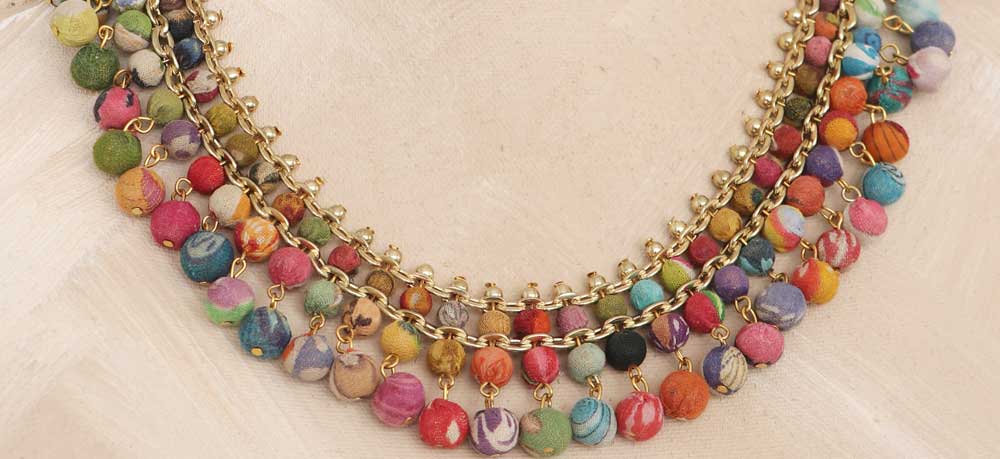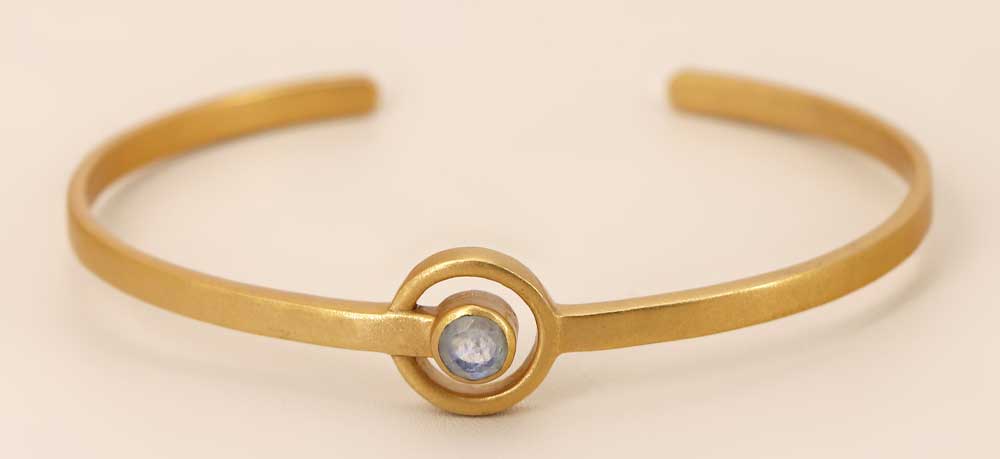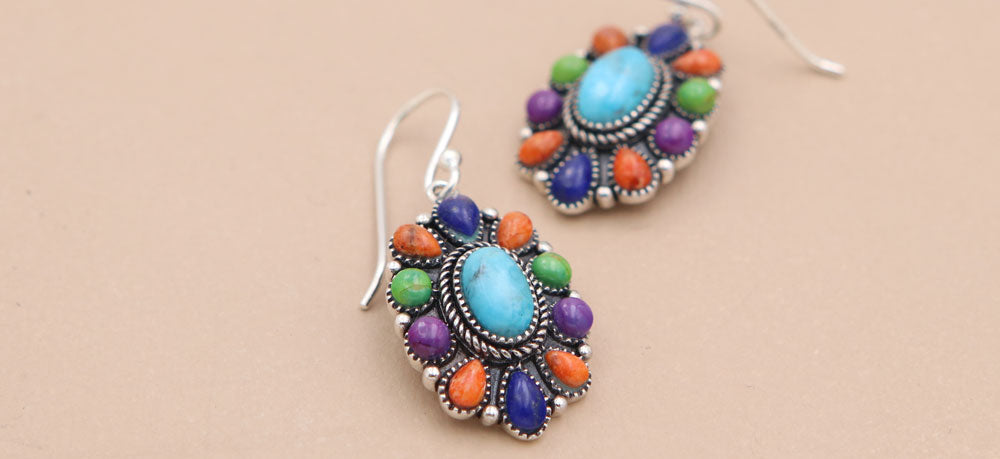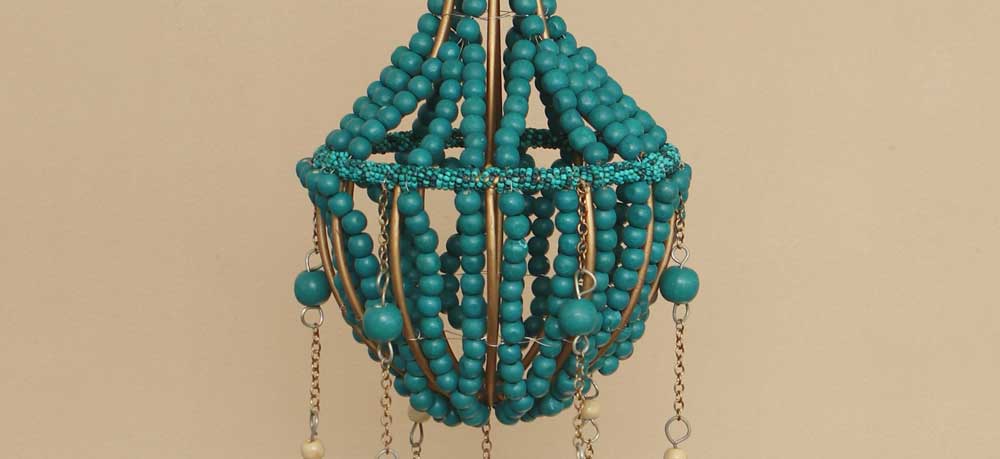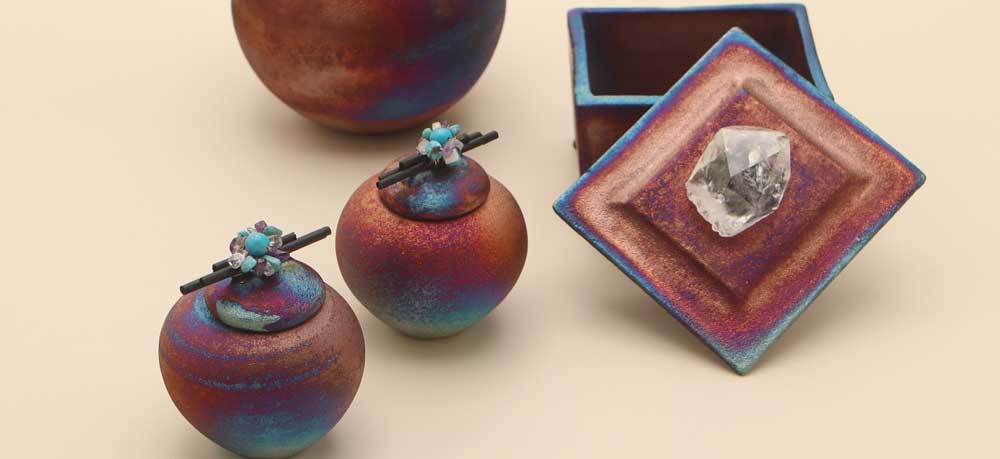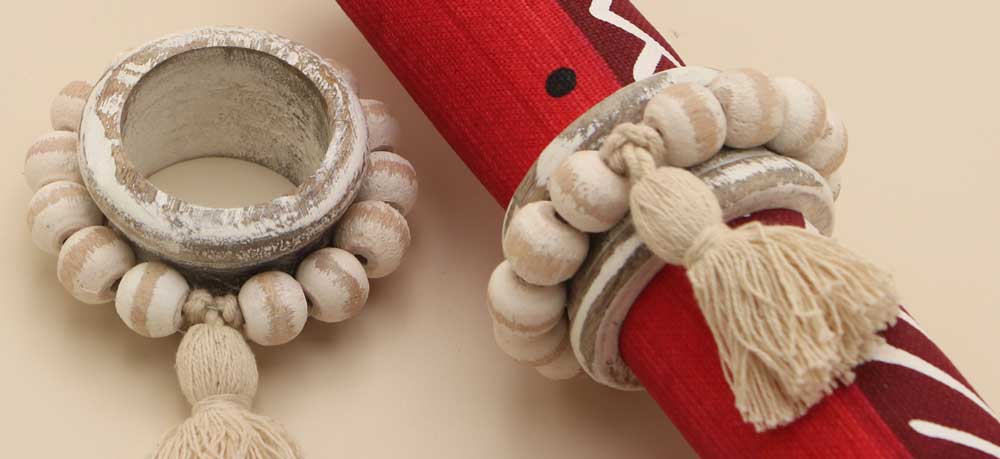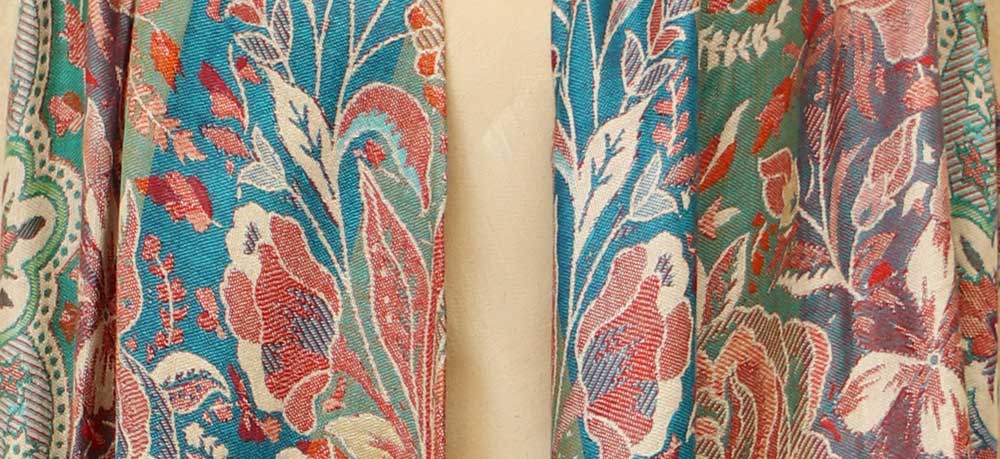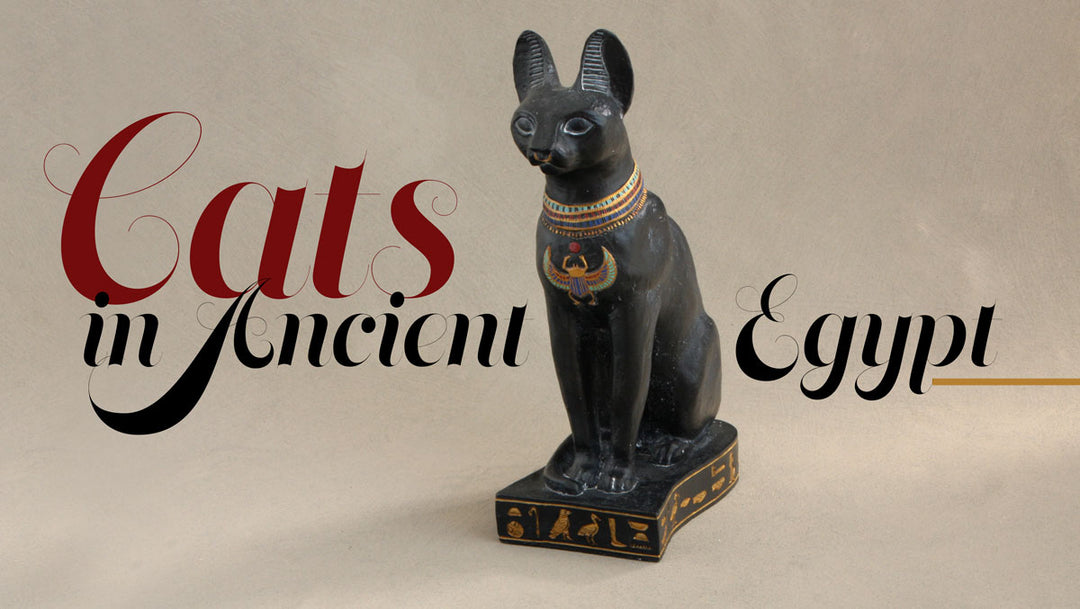What is the Eye of Horus?

From King Tut’s mask to the pyramids, ancient Egypt is full of iconic imagery. But the Eye of Horus is one of the most prolific symbols from the era. What is it and what does it mean?
The Eye of Horus in Ancient Egypt
Also known as the “all seeing eye” and originally known as a “Wedjat”, the Eye of Horus has appeared on ancient Egyptian jewelry, furniture, and regalia. In ancient Egypt, Eye of Horus amulets were popularly worn as talismans. It was especially common for pharaohs to be buried with Eye of Horus jewelry.
The Eye of Horus in Mythology
The Eye of Horus symbol represents the healed eye of the falcon god, Horus. According to Egyptian mythology, Horus lost his left eye in a battle against the god Set. His eye was restored by the god Hathor. Thus, the Eye of Horus represents healing and regeneration. It was also a lunar symbol, as the moon appears to regenerate itself as it wanes and waxes throughout its cycle.
In one Egyptian tale, after his eye was healed, Horus offered it to his deceased father to help him safely pass into the afterlife. As a result, the Eye of Horus also represented protection. It protected the living and as well as those making their way into the afterlife. That’s why so many Eye of Horus amulets were found in burial chambers!
Eyes have long held symbolic appeal: they represent wisdom and insight. If you’re a fan of eye symbols or the ancient lore they hold, check out Cultural Element’s Eye of Horus collection!


